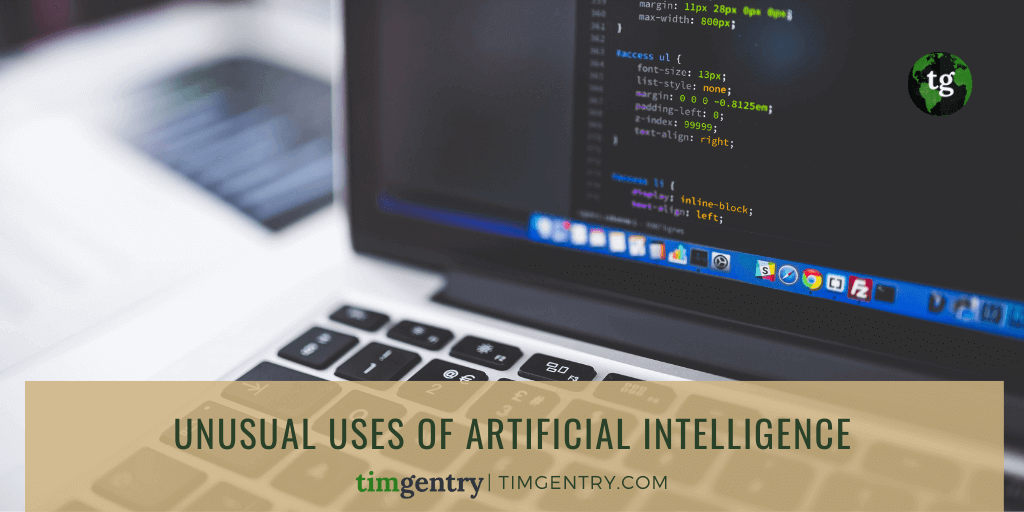It was estimated that AI spending would reach $35.8 billion globally in 2019. With so much research being done, it’s not unexpected that some applications of the technology would border between useful and bizarre.
Here are five ways AI is being used in unexpected and unusual ways.
Diagnosing Sepsis
Sepsis is a life-threatening complication that can occur in any patient with an infection. It is treatable when diagnosed in time, but, left untreated, sepsis causes organ failure and death. According to the Johns Hopkins Whiting School of Engineering, an AI system called TREWScore can help doctors diagnose sepsis 24-hours earlier than other methods. It can also monitor other diseases, such as diabetes and high blood pressure.
Flipping Burgers
Miso Robotics created “Flippy,” a robot that could cook burgers, clean the grill, and learn from its surroundings. Flippy was able to perfectly grill 150-300 burgers per hour, but his career was short-lived because his human colleagues couldn’t assemble the burgers as quickly as they were being cooked. Regardless, this is still an incredible example of how AI can work with humans to increase efficiency.
Creating Perfumes
The art of making perfume began long before modern technology existed, but it’s a process that was brought into the 21st century with the use of AI. IBM Research and Symrise, a German fragrance house, partnered to create a new method for mixing perfumes. It analyzes existing fragrances to determine which scents sold best for specific demographics. Considered to be a perfumer’s apprentice, it accelerates the design process by predicting successful new combinations.
Creating Inspirational Quotes
Having a bad week? Head over to inspirobot.me for a pick-me-up. This AI system generates quotes and places them on an aesthetically-pleasing background. On my first try, I was presented with a quote that said, “Only when you learn to accept how other people see foolishness, will you actually discover recognition.”
Wildlife Poaching Preservation
To protect endangered wildlife from poachers, wildlife conservation areas have been established worldwide. However, there are rarely enough rangers to properly monitor these large protected regions. To solve this issue, the Queen Elizabeth National Park in Uganda uses predictive modelling to map efficient routes for park rangers to patrol, leading to better protection for endangered species.

